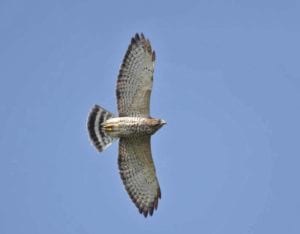
Broad Winged Hawk – Bill Dalton
Mid- September means migrating Broad-winged Hawks. Between September 10 ad 20 tens of thousands of these stubby forest buteos will migrate across mostly n. New Jersey heading for winter territories in Central and South America. Traveling in large aggregations called “kettles” in honor to the flock’s resemblance to water boiling in a kettle. The birds may travel hundreds of miles in a day. Gliding from thermal to thermal to save energy, from the ground “kettles” look like an animate cloud. Set against the backdrop of a cumulus cloud, the massed birds seem like ants crawling across cotton. If you are lucky you may find a larger crook-winged bird among the Broad-wingeds or a larger plank-winged bird, a Bald Eagle. Broad winged flights are most evident just after the passage of a cold front. The best time for viewing is mid-morning and between 4:00-6:00 p.m. when birds are getting up or descending. At mid-day the birds are often too high to be seen.
Good vantage points include New Jersey Audubon’s Montclair Hawkwatch. But when the big Broad-winged push occurs, you can be anywhere north of a line drawn between Perth Amboy and Cherry Hill and see birds.
Hunt, hint: scan the bottom of puffy cumulus clouds with binoculars.
On September 15, I’ll be conducting a Hawk Watch from the observation deck of Scherman Hoffman Sanctuary, Bernardsville. Wear sun screen, a brimmed cap and binoculars and join me. Broad-wingeds are the target species but we’re equal opportunity observers and you can expect a variety of breeding birds and fall migrants, including the Sanctuary’s emblematic Pileated Woodpecker.
Pete Dunne
NJ Audubon Birding Ambassador
Author Birds of Prey and coauthor Hawks in Flight
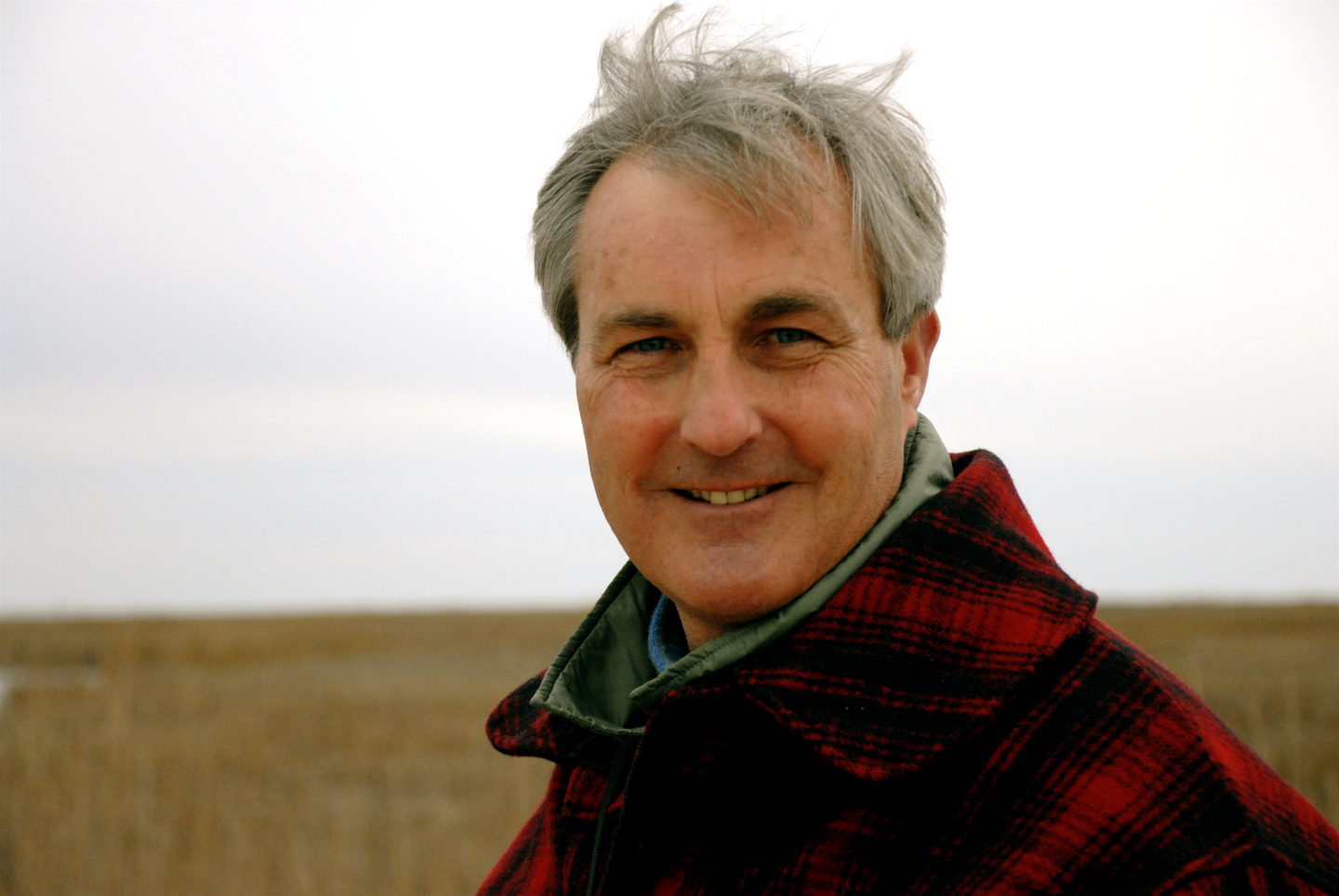




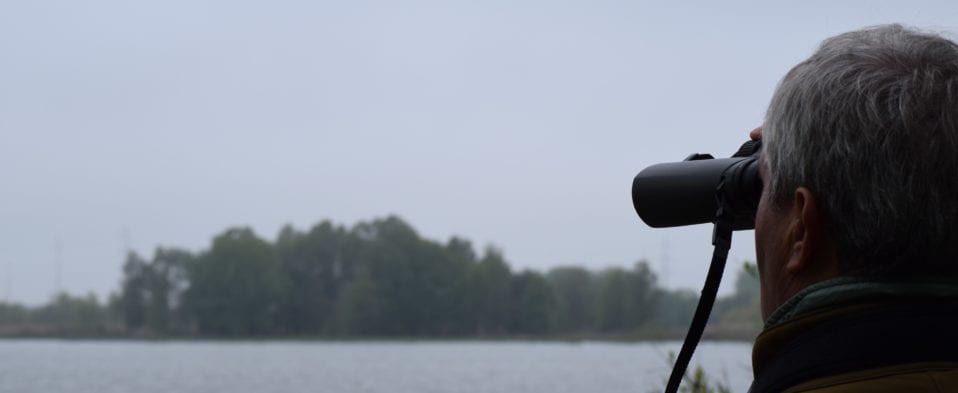
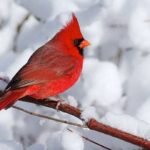


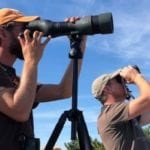
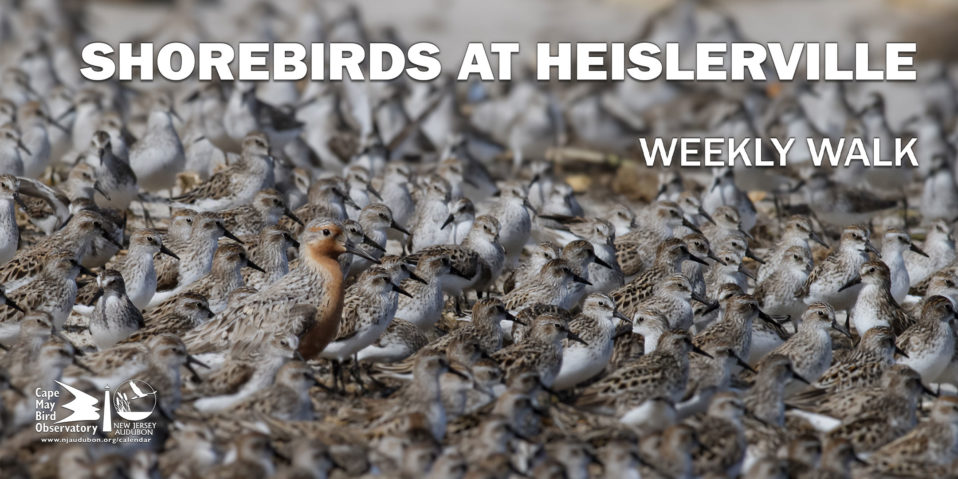
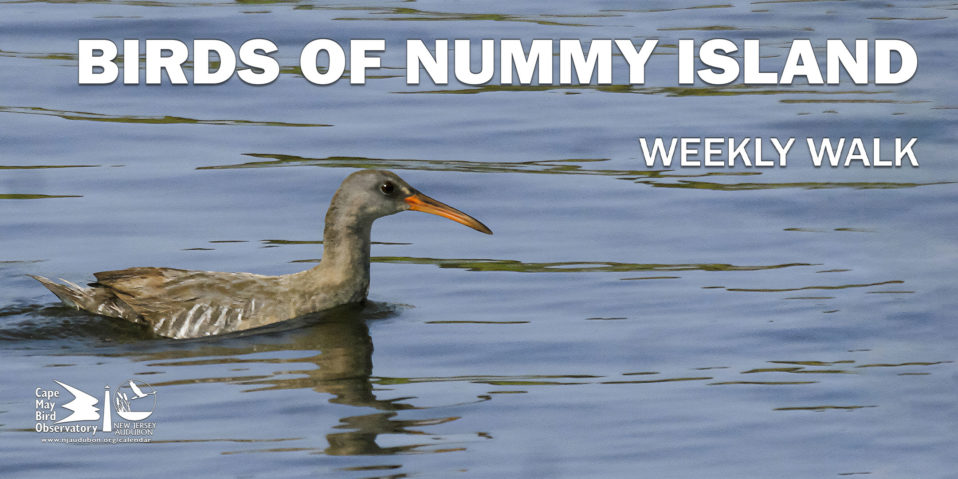
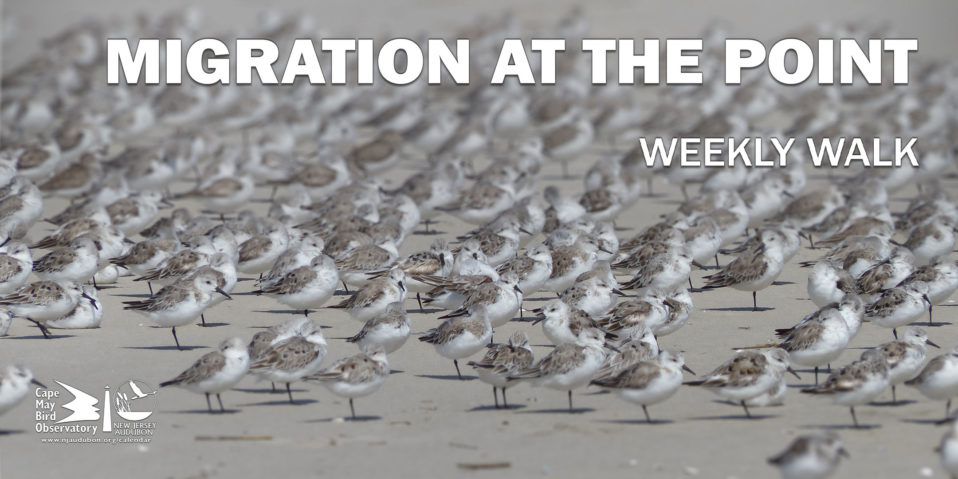
Post a comment